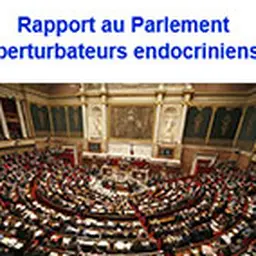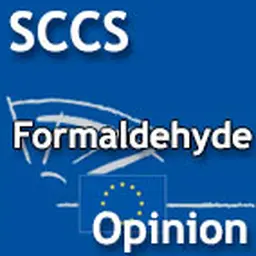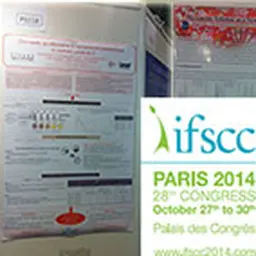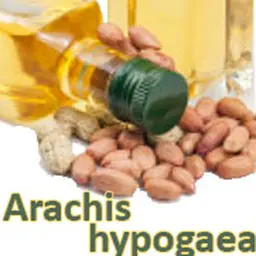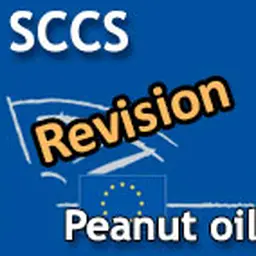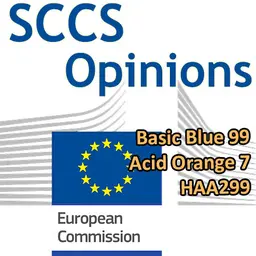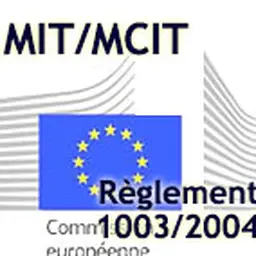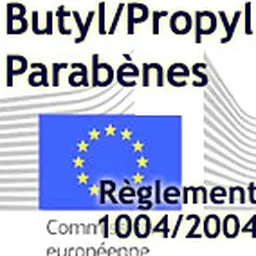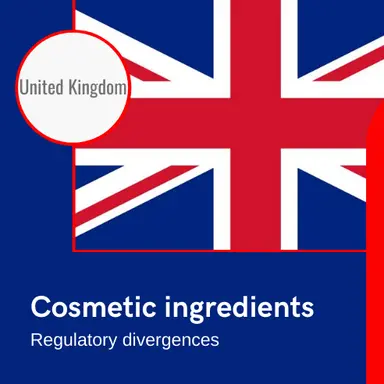
Since the entry into force of the Brexit, the UK has put in place its own regulation applicable to cosmetic products. But if the main text (very similar to the European Regulation 1223/2009) has been published, its annexes, specifying the conditions of use of the numerous ingredients, have not yet been published. The result: differences in regulations for about ten substances, which the CTPA (Cosmetics, Toiletry and Perfumery Association) has listed.
On 14 February 2022, the CTPA, the UK cosmetics industry association, issued a public statement on the legal status of Butylphenyl Methylpropional. The aim, following numerous questions from CTPA members and other stakeholders, was to clarify the regulations applicable to this fragrance ingredient, which will be banned in Europe from March 1, 2022, but which is only subject to labelling as an allergen in the UK.
This was an opportunity for the CTPA to recall the framework of the current cosmetics regulations on both sides of the Channel, and the divergences they cause.
The Cosmetics Regulation in the UK
Since the Brexit, all cosmetic products placed on the market in Great Britain (England, Wales and Scotland) must comply with Annex 34 of the Product Safety and Metrology Statutory Instrument, with the European Cosmetics Regulation 1223/2009 remaining the rule for Northern Ireland.
As a result, products marketed throughout the UK (Great Britain and Northern Ireland) must comply with both Regulations. This is likely to raise more and more questions, since, if the basic texts follow the same principles, the same is no longer true of their annexes.
Diverging annexes
The annexes of the Cosmetics Regulation specify the conditions of use …



